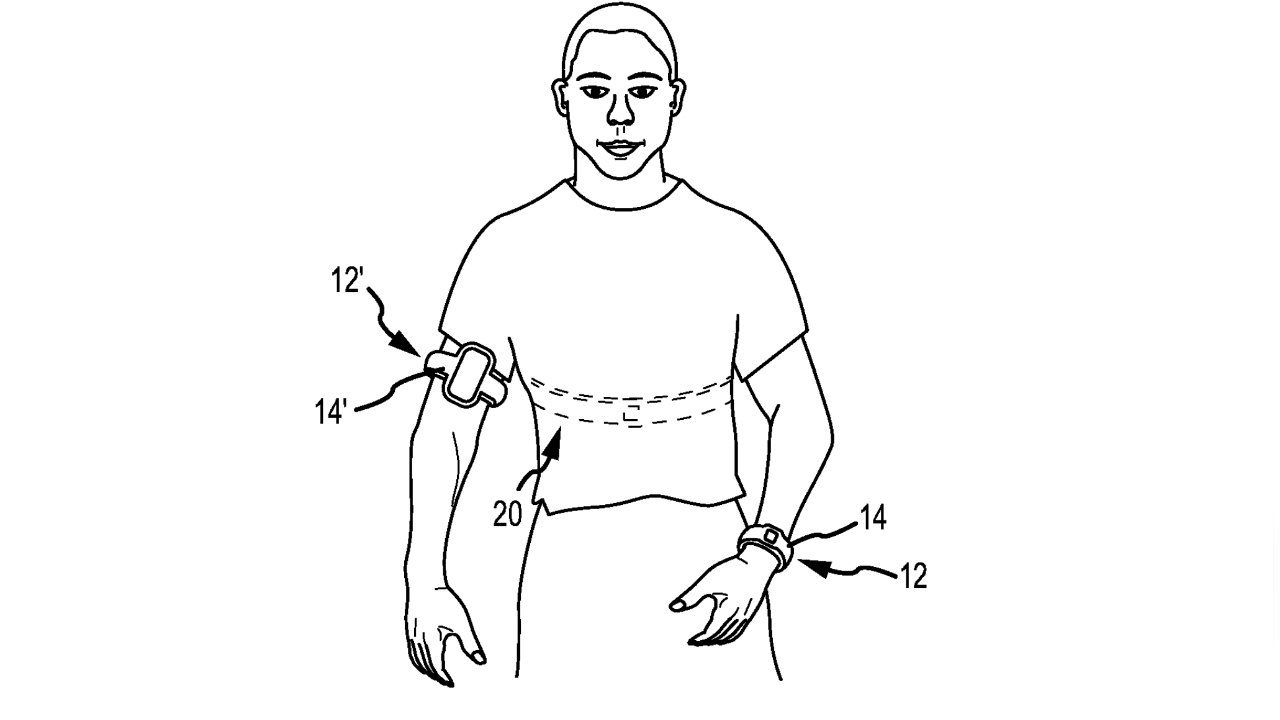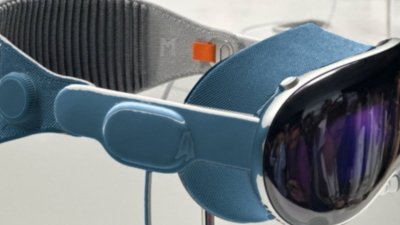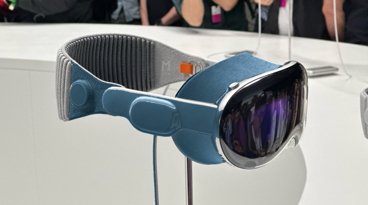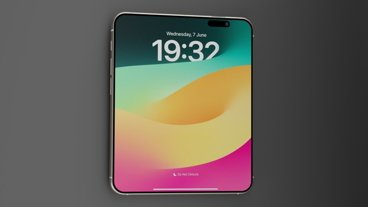Even silent alerts can be audible if an Apple Watch haptic engine is too powerful, but Apple has plans to make notifications entirely private.
You're at a meeting and it's time for your medication. Or you grudgingly agreed to stop by a party for ten minutes. Or you want to cheat in a card game.
In each case, you need an alert or a notification that only you are aware of. Haptics are the answer, but you also know how often you've heard even the small haptic engine of someone's Apple Watch going off.
The newly-granted patent, "Portable Electronic Device Using a Tactile Vibrator," proposes two ways of making private notifications. One is to change how haptic engines work, and one is to perhaps change where they are.
Changing where they are means both how they might be worn, and how they might work. At present, Apple uses a Linear Resonant Actuator (LRA) in haptic engines like those in an Apple Watch, and the proposal is to use piezo actuated vibrators instead.
LRA haptic engines use magnets to move a certain mass back and forth. A piezoelectric actuator/vibrator instead deforms materials.
"[Then the] housing of the electronic device itself can be made of piezoelectric ceramic material," says Apple. "The piezoelectric element may be coupled to the housing of the product to cause the housing to deflect and/or vibrate."
This type of haptic engine is likely to use more power than the regular one, but there must still be a question of the housing. No matter how the vibration is done, if the housing is being used "to deflect and/or vibrate," there must be a chance of the overall device being audible.
But the other part of Apple's proposal regards placing the haptic engine where it will presumably not need to be particularly powerful. Specifically, this engine "may be configured for placement directly or indirectly in contact with the user's skin such that vibrations of the housing may be felt directly (without audible feedback) by the user."
The example drawings in the patent show an armband that could be worn under a shirt or a blouse. There's no discussion over what powers it, or how it receives notifications, but presumably it could relay alerts from an iPhone.
Apple does say that the device could be "in contact with the user's skin [directly or indirectly] (e.g., through clothing)." It suggests clips, loops, bands, or a strap attaching it to "the user's wrist, forearm, or upper arm."
While the purpose of the proposal is about private alerts, Apple does go further and suggest that this could all be part of something that sounds far from discreet. "In other instances, one or more straps may be included for attaching a tablet or eBook reader (not shown) to a person's palm or against a person's forearm, or other body part."
Then "removable adhesives may be used," for instance in affixing a health monitor, "against the chest or other body parts of the user suitable for monitoring heart rate or pulse of the user."
This patent is credited to four inventors. They include Fletcher R. Rothkopf, who previously worked on a smart ring patent.
 William Gallagher
William Gallagher


-m.jpg)






 Wesley Hilliard
Wesley Hilliard
 Andrew O'Hara
Andrew O'Hara
 Malcolm Owen
Malcolm Owen
 Marko Zivkovic
Marko Zivkovic

 Chip Loder
Chip Loder
 Christine McKee
Christine McKee




-m.jpg)





4 Comments
Disregarding a previous comment, i am surprised they didn’t include hand worn devices akin to a ring. After all if they going the arm might as well cover the hand right?
As noted in another recent patent "discovery," it seems pretty evident that Apple seeks patents for specific technology by embedding it in drawings of use cases designed to reveal as little as possible about actual product pipelines. They want the patent for the thing. They don't want to tip their hand about how they might actually use that thing. In this case, the patent is about the piezoelectric haptic device, not the armband. The armband is a red herring.
As for power use and whether or not it's audible, it seems likely the piezo technology that can vibrate a part of a device's housing that is in direct contact with the skin could in fact use much less power while emitting little to no noise. You can often hear the current LRA haptics because it's literally shaking a pice of metal inside the device such in order to cause the vibration to carry through the device's housing. The new device would just exert energy on the portion of the device directly in contact with the user's skin. This sounds like it would be way more efficient and would require much lower amplitude, which is less noise to you and me.
Why you would need another device? I already do that with my Apple Watch. ⌚️ I work in the operating room as a surgical assistant to the surgeon. When scrubbed in you cannot wear any jewelry or a watch. It’s a total pain taking the watch off before I scrub in and putting the watch back on after I am done. When you have several surgical cases a day it gets old. After a while I wind up not wearing it. But! I purchased an extra large watch band on Amazon. So now I can wear my watch on my upper arm or around my ankle. I have the alert tones turned off with just the haptic. I get all my notifications, texts and email discretely